Some of the topics presented at an international conference on biowaivers and biosimilars, held in the US in September 2012, were applicable to large-molecule bioanalytical methods. These included assay format, glycosylation and immunogenicity, and how differences in these components can impact the evaluation of biosimilars and their subsequent approval.
Bioanalytical challenges in the development of biosimilars
Biosimilars/Research
|
Posted 10/01/2014
 0
Post your comment
0
Post your comment
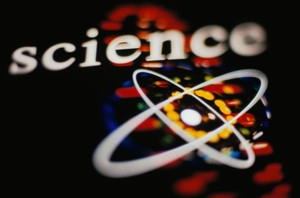
During a presentation given by Dr Carmine Lanni (Biologics Development Services, USA) bioanalytical challenges in the development of biosimilars were discussed [1]. While there are clear guidelines for bioanalytical methods, such as those from the European Medicines Agency (EMA), there are few recommendations for the development and validation of bioanalytical assays to support nonclinical and clinical studies for biosimilars.
One of the challenges highlighted for the development of such assays was the procurement of high-quality assay reagents, such as coating antibodies or target antigens. The assays used by the originator company may be antiquated, unknown or even patent protected.
Another major challenge is the significance of the glycosylation state of the biosimilar in comparison to the reference product. This can have a major impact on whether the calibration curves of the biosimilar and reference product are highly similar. The glycosylation state of a biosimilar can be influenced by many different steps in the production process used to generate a given molecule, e.g. cell culture conditions, and manufacturing or finishing processes.
The conclusion was that in order to produce high quality bioanalytical data for both the biosimilar and reference product using the same calibration curve, the %CV and total relative error must be assessed more stringently than current regulatory recommendations suggest.
Related articles
Protein aggregation and the generation of immune responses
Immunogenicity testing in biosimilars
Analysis of carbohydrate containing biosimilars
Reference
1. Colletti KS. Conference Report: Bioanalysis-related topics presented at the International Conference and Exhibition on Biowaivers and Biosimilars. Bioanalysis. 2013;5(5):529-31.
Permission granted to reproduce for personal and non-commercial use only. All other reproduction, copy or reprinting of all or part of any ‘Content’ found on this website is strictly prohibited without the prior consent of the publisher. Contact the publisher to obtain permission before redistributing.
Copyright – Unless otherwise stated all contents of this website are © 2014 Pro Pharma Communications International. All Rights Reserved.
General
Samsung Bioepis wins Pyzchiva case; Regeneron patent rulings threaten foreign biosimilars
Chinese biosimilars go global: growth, partnerships, and challenges
What is the future for the US biosimilar interchangeability designation
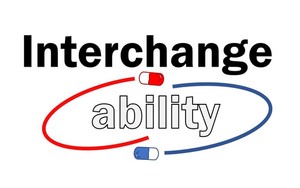
Biosimilars/Research Posted 05/06/2025
Biosimilar clinical efficacy studies: are they still necessary?
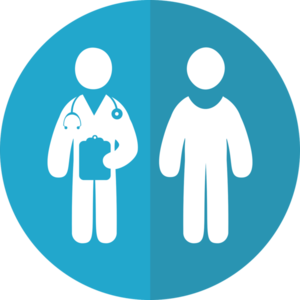
Biosimilars/Research Posted 27/05/2025
The best selling biotechnology drugs of 2008: the next biosimilars targets


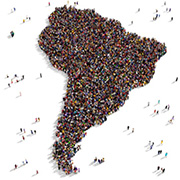

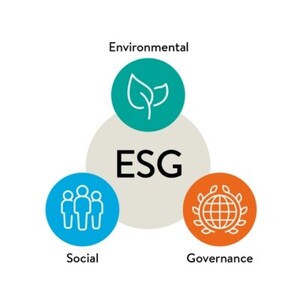
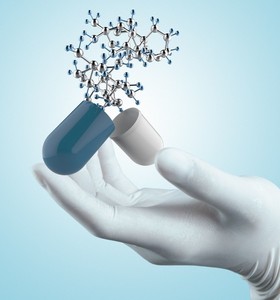
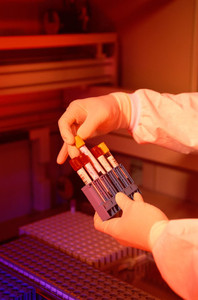

Post your comment